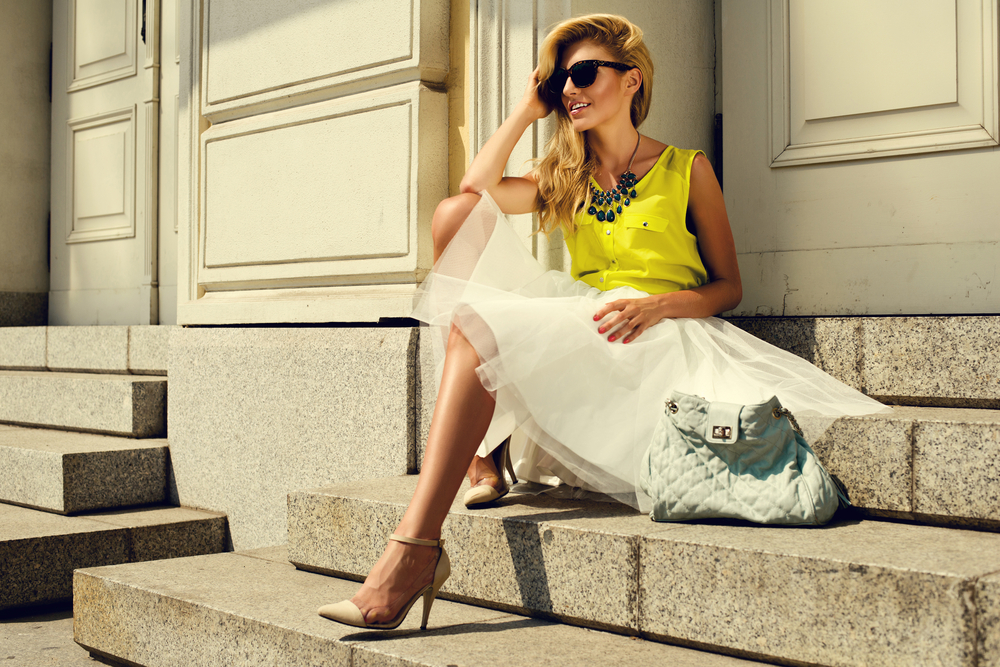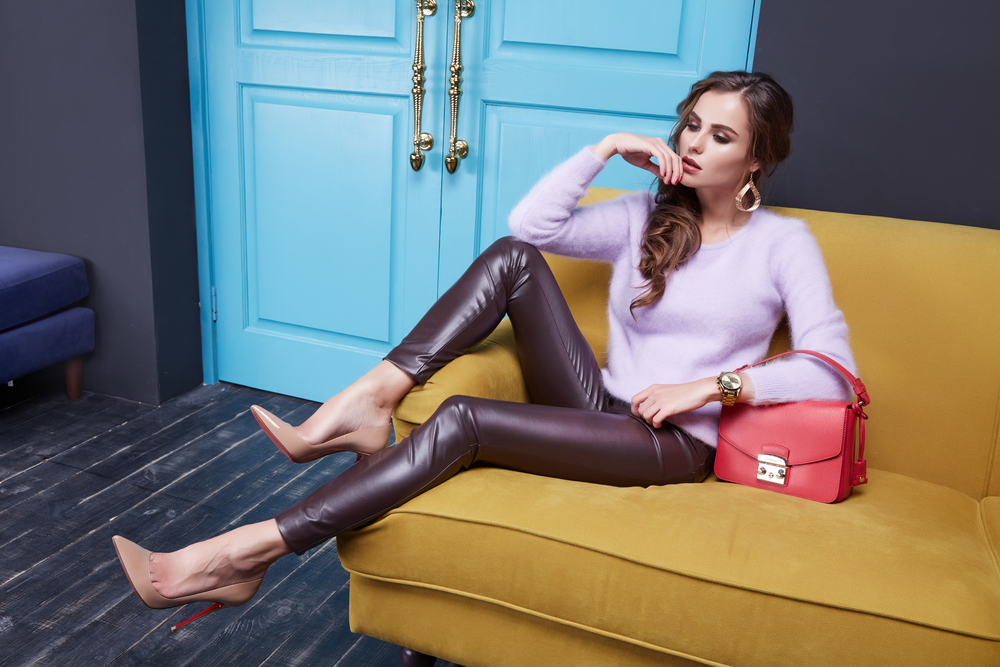
The Journey of a Model: Breaking Stereotypes, Navigating Challenges, and Celebrating Diversity
The Journey of a Model: Breaking Stereotypes, Navigating Challenges, and Celebrating Diversity

Models have long been associated with certain stereotypes. They are often perceived as tall, thin, and flawless individuals, gracing the covers of magazines or walking down runways in glamorous fashion shows. However, the reality of the modelling industry is far more diverse and complex than these stereotypes suggest. Models come from all walks of life and face a wide range of challenges on their unique journeys. In this article, we will explore the world of modeling , debunking stereotypes, discussing the obstacles they face, and celebrating the diversity within this dynamic industry.
Models: Beyond the Stereotypes
Contrary to popular belief, models come in various shapes, sizes, and ethnicities. The modeling industry has been breaking stereotypes and embracing diversity in recent years. Brands and agencies are recognizing the importance of inclusivity and representation, aiming to reflect the diverse world we live in through their campaigns and runways. This shift has allowed models of different backgrounds, body types, and ages to enter the spotlight, challenging the traditional notions of beauty.
Navigating the Challenges
While modeling may seem glamorous from the outside, it is not without its difficulties. Models face numerous challenges throughout their careers, both professional and personal. They often endure long hours, constant pressure to maintain a certain appearance, and fierce competition within the industry. From casting rejections to body image issues, models must navigate these hurdles with resilience and determination.
Body Image and Self-Esteem
One of the most significant challenges models face is maintaining a positive body image and healthy self-esteem in an industry that often places unrealistic standards on physical appearance. The pressure to fit into sample sizes and adhere to strict beauty standards can take a toll on one's mental and emotional well-being. Models must learn to prioritize their mental health, surround themselves with a support system, and embrace their unique qualities to overcome these challenges.
Diversity and Inclusion
Diversity and inclusion have become essential aspects of the modeling industry. However, achieving true representation is an ongoing process. While we have seen progress in recent years, there is still room for improvement. Agencies and brands must continue to work towards inclusivity, casting models from diverse backgrounds and featuring them in various types of campaigns. Celebrating models of all sizes, ethnicities, genders, and abilities will help break down barriers and promote acceptance.
Celebrating Diversity: A Step Forward
As the industry evolves, celebrating diversity becomes a crucial step towards real change. Models who challenge traditional beauty standards and pave the way for others are creating a more inclusive space within the fashion world. By showcasing a range of body types, ethnicities, and ages, the industry celebrates individuality and empowers others to embrace their uniqueness. Models who use their platforms to advocate for social issues and promote positive change also contribute to a more diverse and inclusive future.
Frequently Asked Questions:
Q1: Is there an age limit for becoming a model?
A1: There is no strict age limit for becoming a model. Different sectors of the industry cater to various age ranges, from child modeling to mature modeling.
Q2: Can people with disabilities become models?
A2: Absolutely! The fashion industry is becoming more inclusive, and there are opportunities for people with disabilities to participate in modeling. Several campaigns and initiatives aim to promote diversity in modeling, including disabilities.
Q3: How can I build a modeling portfolio?
A3: Building a modeling portfolio requires professional photographs that showcase your versatility. Collaborating with photographers, attending casting calls, and working with reputable agencies are great ways to start building your portfolio.
Q4: What should I do if I experience body image issues as a model?
A4: It's important to prioritize your mental health and seek support. Surround yourself with a network of positive influences and consider speaking with a therapist or counselor who understands the unique challenges of the modeling industry.
Q5: Do male models face the same challenges as female models?
A5: Male models also face challenges within the industry, such as maintaining certain physical standards and dealing with fierce competition. However, the specific challenges may vary between genders due to different societal expectations and industry demands.
In conclusion, the journey of a model is a complex and diverse one. Breaking stereotypes, navigating challenges, and celebrating diversity are vital aspects of this industry's evolution. By embracing inclusivity and promoting positive change, models drive us towards a more accepting and representative future.
Other useful resources
- https://www.planetmodelphoto.com/models/modeling/usa/wilmington/nc-north-carolina
- https://en.wikipedia.org/wiki/Category:Models_by_modeling_agency
- https://en.wikipedia.org/wiki/Modeling_agency